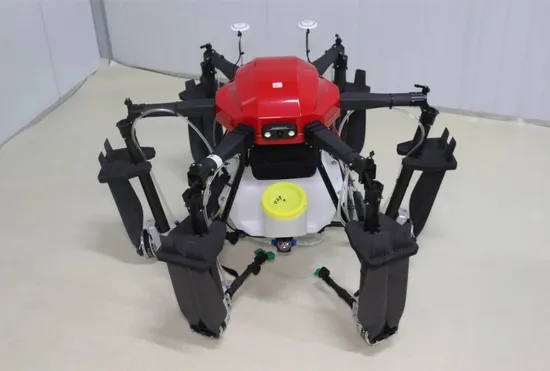
Introduction: The Need for Advanced Spraying Solutions in Indonesia
Indonesia, with its vast and diverse agricultural landscape, faces significant challenges in crop protection and fertilizer application. From the dense palm oil plantations of Sumatra to the terraced rice fields of Java, farmers must contend with labor shortages, pest outbreaks, and the high cost of traditional spraying methods.
Manual spraying is not only time-consuming and physically demanding but also inefficient, often leading to overuse or uneven distribution of chemicals. Meanwhile, conventional machinery struggles with Indonesia’s varied terrain, including hilly plantations and flooded rice paddies.
In response, agricultural spraying drones have emerged as a transformative solution, offering precision, efficiency, and cost-effectiveness. These unmanned aerial vehicles (UAVs) are rapidly gaining adoption across Indonesia, helping farmers improve yields, reduce chemical waste, and lower operational costs.
This article explores the benefits, key features, and future potential of spraying drones in Indonesia, highlighting why they are becoming an essential tool for modern agriculture.
Why Spraying Drones Are Ideal for Indonesian Agriculture
1. Precision & Efficiency
-
Targeted Spraying: Advanced drones use GPS-guided navigation and AI-assisted mapping to apply chemicals only where needed, reducing waste and preventing crop damage.
-
Faster Coverage: A single drone can spray 5–10 acres per hour, far exceeding manual labor productivity.
-
Even Distribution: High-precision nozzles ensure optimal droplet size, improving absorption and reducing drift.
2. Cost-Effectiveness
-
Labor Savings: One drone operator can replace dozens of manual sprayers, significantly cutting manpower costs.
-
Lower Chemical Usage: Precision spraying minimizes over-application, reducing input expenses.
-
Reduced Equipment Wear: Unlike tractors or sprayers, drones don’t damage crops or soil structure.
3. Adaptability to Indonesia’s Terrain
-
Hilly & Hard-to-Reach Areas: Drones can easily navigate steep slopes and dense plantations where machinery struggles.
-
Tropical Climate Resilience: Weather-resistant designs withstand Indonesia’s high humidity, rain, and heat.
-
Flood-Prone Regions: Unlike ground-based equipment, drones can operate in waterlogged rice fields.
4. Environmental & Health Benefits
-
Reduced Chemical Runoff: Precise application prevents harmful chemicals from entering waterways.
-
Lower Pesticide Exposure: Farmers avoid direct contact with toxic substances, improving safety.
-
Sustainable Farming: Optimized chemical use supports eco-friendly agricultural practices.
Key Features to Look for in a High-Quality Spraying Drone
When selecting a spraying drone for Indonesian farming conditions, farmers should consider:
✅ Tank Capacity (10L–30L) – Larger tanks reduce refill frequency for big farms.
✅ Flight Time & Range – Drones with 15–30 minute flight endurance and autonomous return-to-home features ensure uninterrupted operation.
✅ Spray Width & Flow Rate – Adjustable nozzles for different crop types and field sizes.
✅ RTK GPS & Smart Mapping – Enables centimeter-level accuracy for precise spraying.
✅ Durability & Weather Resistance – Rugged builds for tropical conditions, including waterproofing and dustproofing.
✅ Easy Maintenance & Local Support – Quick-swap parts, battery availability, and after-sales service in Indonesia.
Challenges & Solutions for Drone Adoption in Indonesia
1. Regulatory Compliance
-
Drone Registration: Indonesian authorities require registration for UAVs over a certain weight (typically above 250g).
-
Pilot Certification: Some regions may require basic training or licenses for drone operators.
-
Solution: Work with certified suppliers who assist with legal compliance and documentation.
2. Initial Investment Costs
-
While drones are cost-effective long-term, the upfront price can be a barrier for smallholders.
-
Solution: Government subsidies, financing options, and smaller, affordable models for entry-level farmers.
3. Training & Technical Knowledge
-
Farmers need basic training to operate drones safely and efficiently.
-
Solution: Many suppliers offer on-site demonstrations, training programs, and user-friendly interfaces.
The Future of Spraying Drones in Indonesia
As technology advances, spraying drones in Indonesia are expected to become even more sophisticated:
🔹 AI-Powered Pest Detection – Drones scanning crops in real-time to identify diseases before outbreaks.
🔹 Swarm Technology – Coordinated drone fleets for large-scale, synchronized spraying.
🔹 Solar-Powered & Longer-Range Models – Extended flight times for remote farming regions.
🔹 Government & Private Sector Support – Increased adoption through subsidies, training programs, and research initiatives.
Conclusion: A New Era of Smart Farming in Indonesia
Agricultural spraying drones are transforming Indonesia’s farming industry by making crop protection faster, smarter, and more sustainable. With their ability to enhance precision, reduce costs, and improve yields, these UAVs are becoming indispensable for farmers across the archipelago.
Whether for palm oil, rice, coffee, or vegetables, spraying drones offer a practical, high-tech solution to modern agricultural challenges. As adoption grows and technology evolves, Indonesia’s farmers are poised to lead the way in smart, efficient, and eco-friendly farming.
The future of Indonesian agriculture is airborne—powered by drones. 🚁🌾
Interested in adopting spraying drones for your farm? Explore how these UAVs can optimize your crop protection strategy today.
THE END

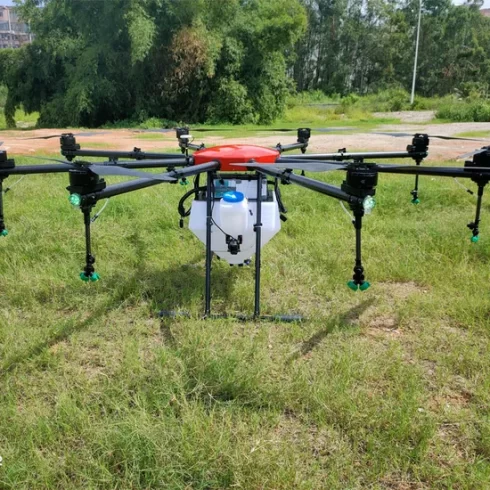
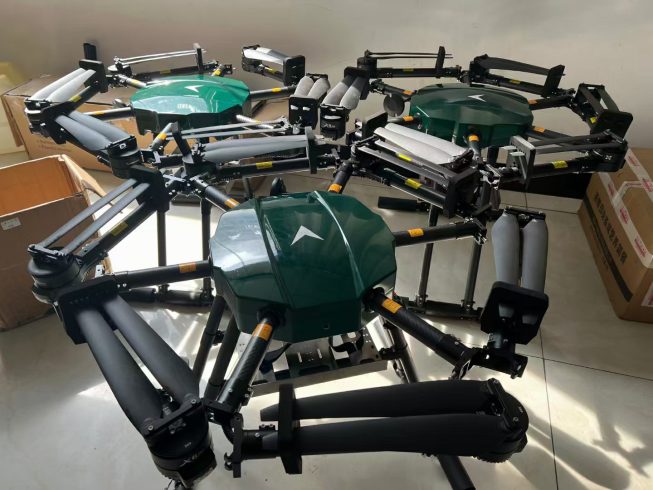
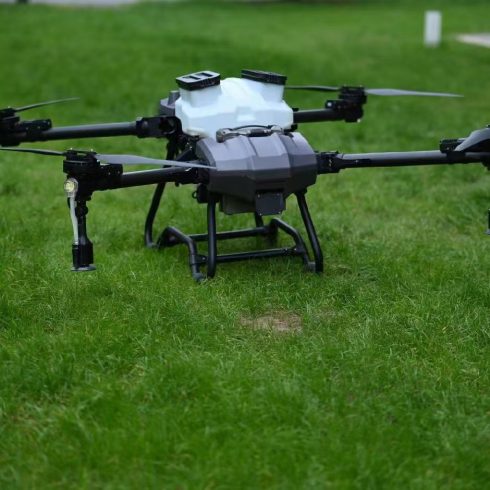
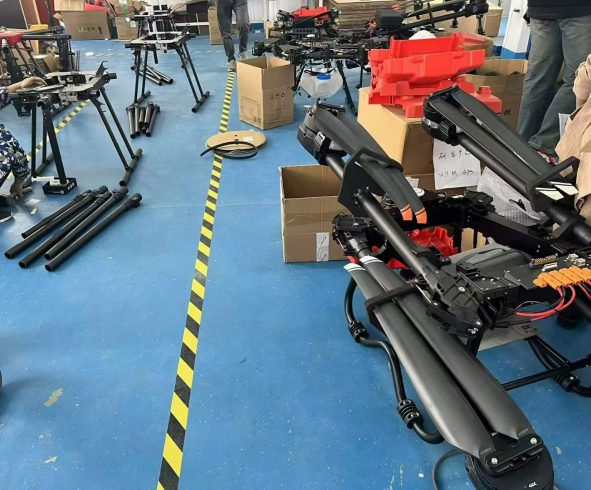
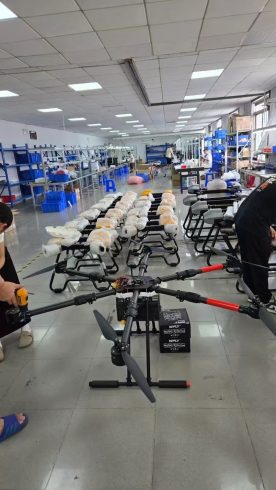
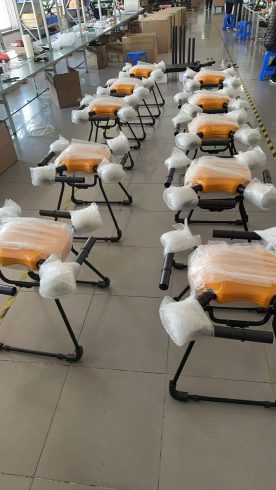

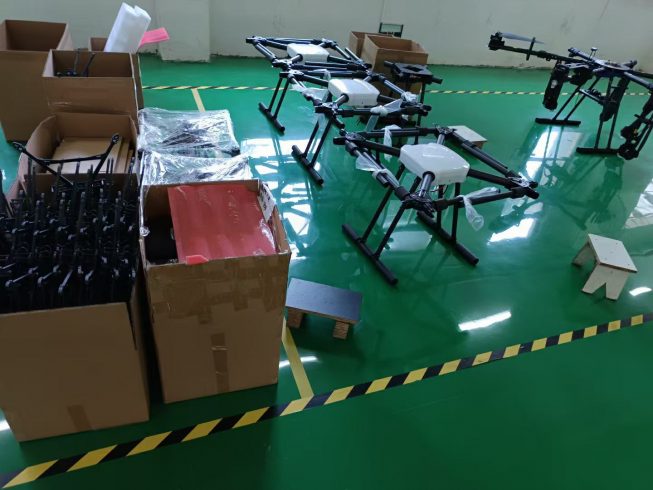
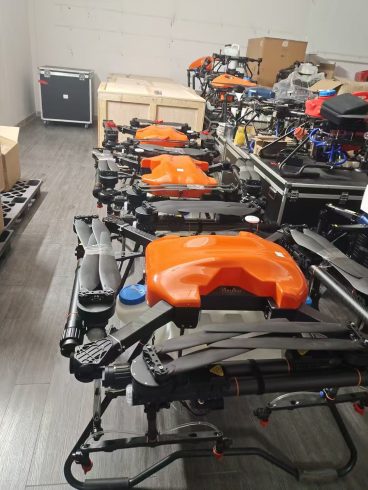

暂无评论内容